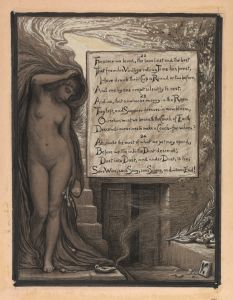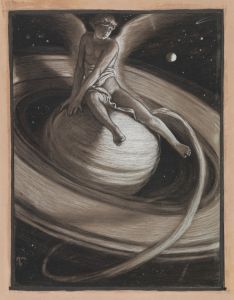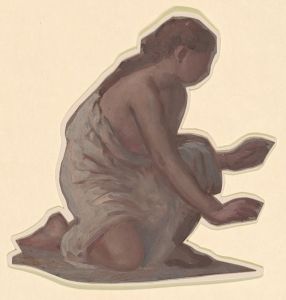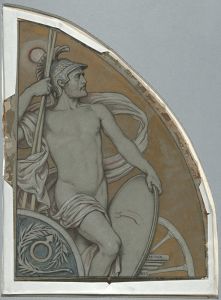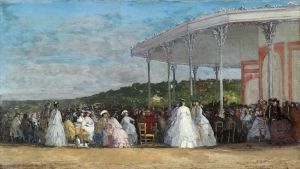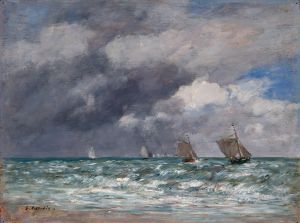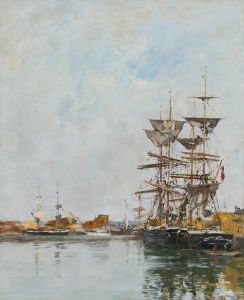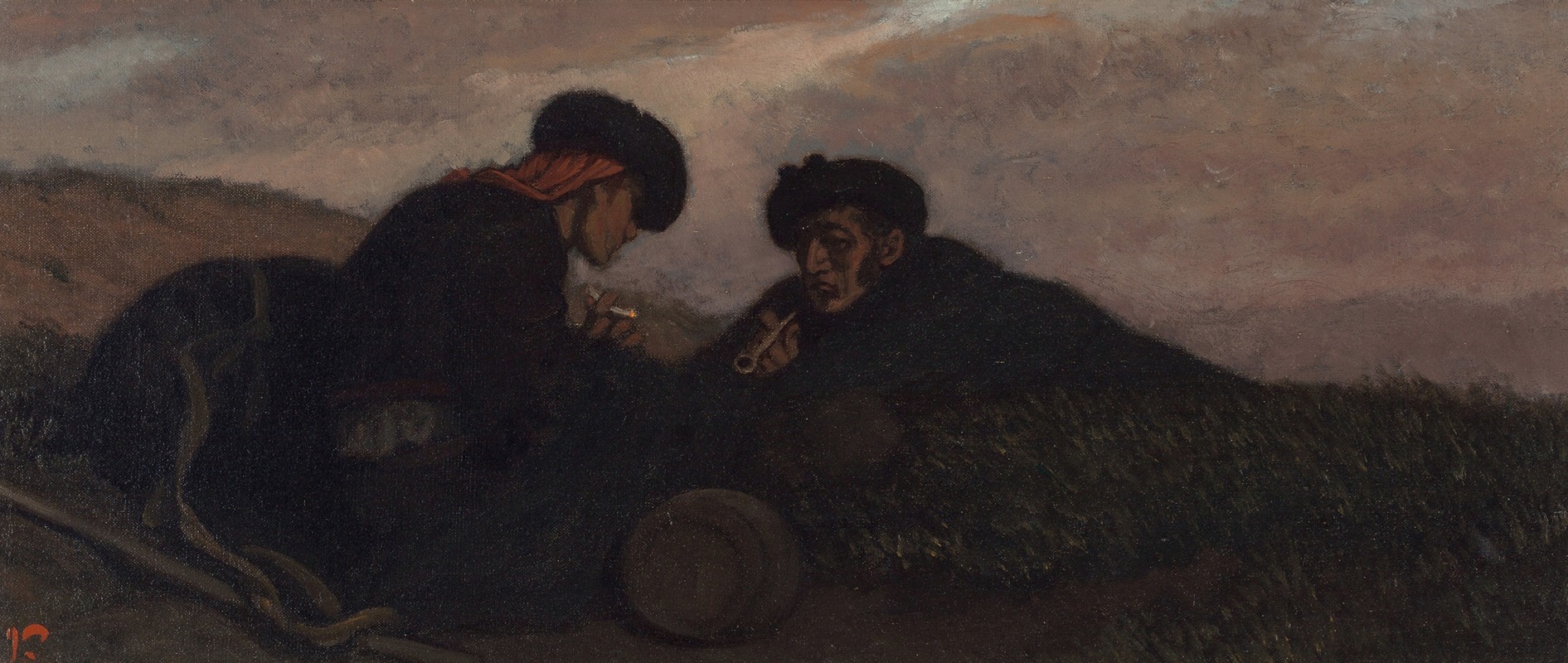
Spanish Wine Smugglers
A hand-painted replica of Elihu Vedder’s masterpiece Spanish Wine Smugglers, meticulously crafted by professional artists to capture the true essence of the original. Each piece is created with museum-quality canvas and rare mineral pigments, carefully painted by experienced artists with delicate brushstrokes and rich, layered colors to perfectly recreate the texture of the original artwork. Unlike machine-printed reproductions, this hand-painted version brings the painting to life, infused with the artist’s emotions and skill in every stroke. Whether for personal collection or home decoration, it instantly elevates the artistic atmosphere of any space.
"Spanish Wine Smugglers" is a painting by the American artist Elihu Vedder, created in 1866. Vedder, known for his allegorical and often mystical works, was an artist associated with the Symbolist movement. He spent a significant portion of his career in Italy, where he was influenced by the rich artistic traditions and the vibrant cultural milieu of the time.
The painting "Spanish Wine Smugglers" reflects Vedder's interest in narrative and character, capturing a scene that suggests a story beyond the canvas. The work depicts a group of figures engaged in the clandestine activity of smuggling wine, a subject that hints at themes of secrecy, risk, and perhaps rebellion against authority. The choice of subject matter may reflect the romanticized view of smugglers as daring and adventurous figures, a common trope in 19th-century art and literature.
Vedder's technique in this painting, as in many of his works, demonstrates his skillful use of color and composition to create mood and atmosphere. The figures are rendered with a sense of movement and purpose, and the setting is evocative of a specific time and place, likely inspired by Vedder's experiences and observations during his travels. The painting's composition draws the viewer's eye across the scene, inviting them to imagine the narrative unfolding within the depicted moment.
Elihu Vedder was born in New York City in 1836 and studied art in Paris before moving to Italy, where he became part of the expatriate community of artists and writers. His work often explored themes of mythology, dreams, and the human condition, and he was known for his illustrations of literary works, including an acclaimed series for Edward FitzGerald's translation of "The Rubaiyat of Omar Khayyam."
"Spanish Wine Smugglers" is part of Vedder's broader body of work that often blurs the line between reality and imagination, encouraging viewers to engage with the underlying stories and emotions. While the painting itself may not be as widely recognized as some of his other works, it exemplifies Vedder's ability to capture complex themes with a distinctive style that combines realism with elements of fantasy.
The painting is held in a private collection, and as such, it is not as accessible to the public as some of Vedder's other works housed in major museums. However, it remains an important piece within his oeuvre, illustrating his diverse interests and his capacity to convey narrative through art.
Vedder's legacy as an artist is marked by his contributions to the Symbolist movement and his influence on American art in the late 19th and early 20th centuries. His works continue to be studied for their technical mastery and their rich, often enigmatic content. "Spanish Wine Smugglers" is a testament to his skill in creating art that invites contemplation and interpretation.





